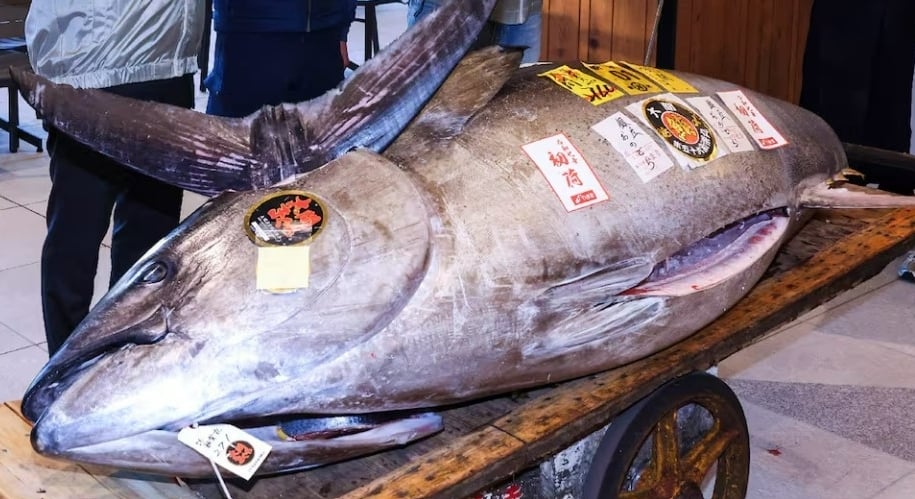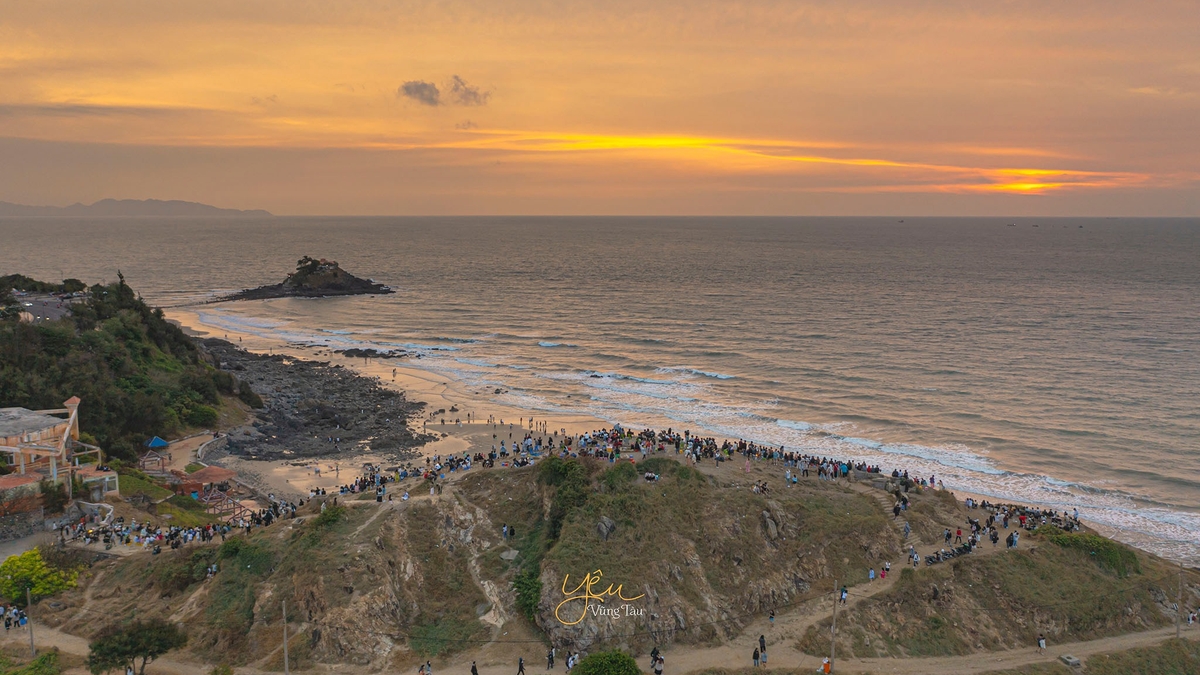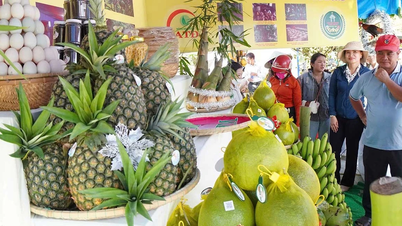(CLO) A bluefin tuna was sold for 207 million yen (about 33 billion VND) at an early morning auction in Tokyo, Japan last Sunday.
The fish, weighing 275 kg, roughly the weight of an adult cow, was caught from the waters off Oma, Japan.

Photo: A giant Pacific bluefin tuna at the Toyosu market auction in Tokyo. (Photo: GI/JIJI)
Michelin-starred Japanese sushi restaurant chain Onodera Group has won a successful bid of 207 million yen.
This is the first auction of 2025 at Tokyo's Toyosu Market – one of the world's largest wholesale fish markets – which often commands sky-high prices.
According to NHK, the auction started at 5am and attracted interest from both inside and outside the country. This year, tuna prices reached more than $2,100 per pound, making sashimi made from this fish extremely expensive.
Onodera Group said it bought the fish together with Yamayuk and will serve it in its 13 sushi restaurants. This is the fifth consecutive year the group has won the auction.
Oma tuna, a Pacific bluefin tuna, is known as the “black diamond” of the sushi world. Thanks to its diet of fatty squid and saury, combined with its cold-water habitat, Oma tuna has the perfect amount of fat and is a top choice for sashimi lovers.
Oma tuna is caught by hand using traditional fishing methods in the Tsugaru Strait. The Oma Tourism Board proudly introduces itself as "Japan's most famous tuna town".
In 2019, a 278 kg Oma tuna was sold at the market for 3.1 million USD, becoming the most expensive fish sold since statistics began in 1999.
The Pacific bluefin tuna is one of the world's largest and fastest fish, making spectacular journeys from the waters of Japan to California.
With overfishing reducing the fish population to less than 3%, Japan imposed strict quotas on catches in 2017. And those efforts have paid off, with the Pacific bluefin tuna showing signs of recovery.
The 2022 monitoring results show that Pacific bluefin tuna have recovered better than expected, reaching nearly 25% of unexploited levels. According to the US NOAA Fisheries, catch limits have allowed the fish to reproduce and recover faster than expected.
Ha Trang (according to NOAA, NHK, NZ Herald)
Source: https://www.congluan.vn/ca-ngu-khong-lo-to-nhu-con-bo-duoc-ban-voi-gia-33-ty-dong-post329220.html




![[Photo] General Secretary To Lam attends the 18th Hanoi Party Congress, term 2025-2030](https://vphoto.vietnam.vn/thumb/1200x675/vietnam/resource/IMAGE/2025/10/16/1760581023342_cover-0367-jpg.webp)
![[Photo] Conference of the Government Party Committee Standing Committee and the National Assembly Party Committee Standing Committee on the 10th Session, 15th National Assembly](https://vphoto.vietnam.vn/thumb/1200x675/vietnam/resource/IMAGE/2025/10/15/1760543205375_dsc-7128-jpg.webp)









































![[Video] TripAdvisor honors many famous attractions of Ninh Binh](https://vphoto.vietnam.vn/thumb/402x226/vietnam/resource/IMAGE/2025/10/16/1760574721908_vinh-danh-ninh-binh-7368-jpg.webp)






























































Comment (0)